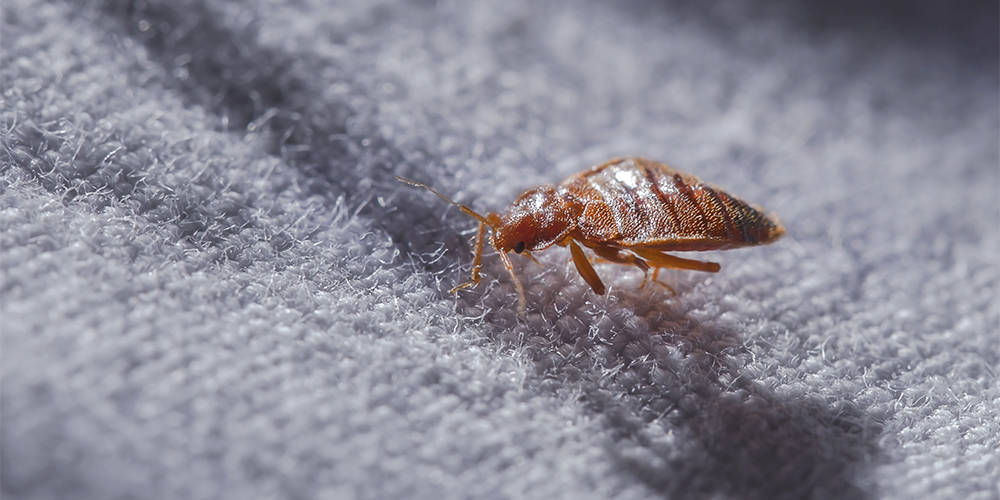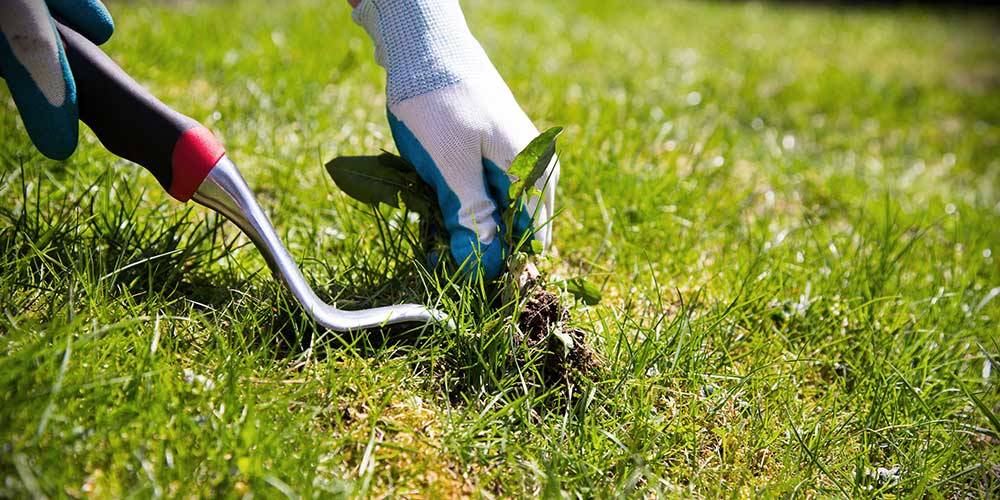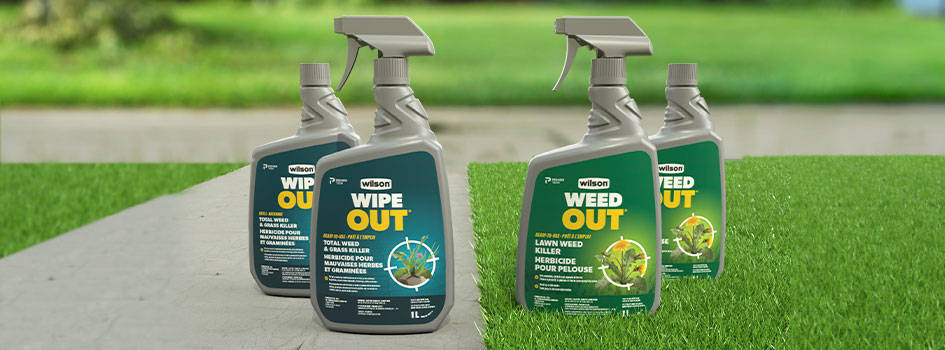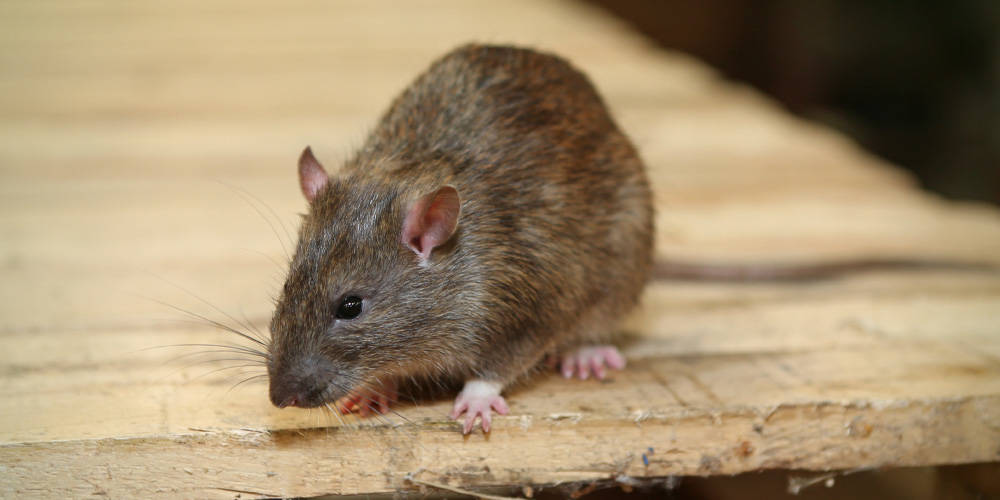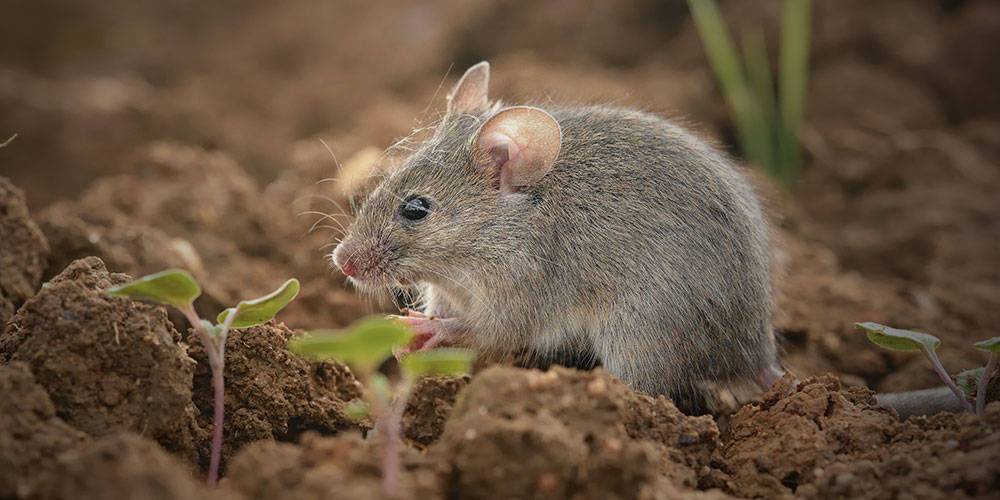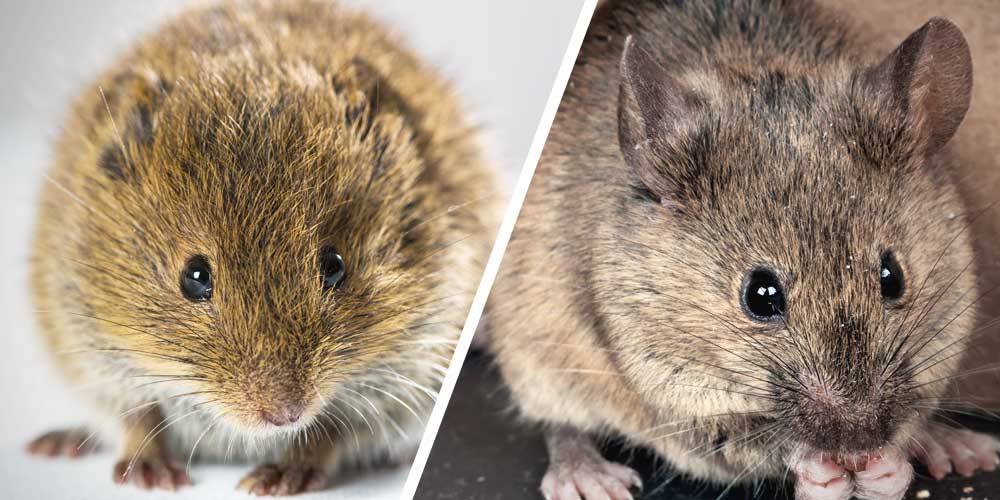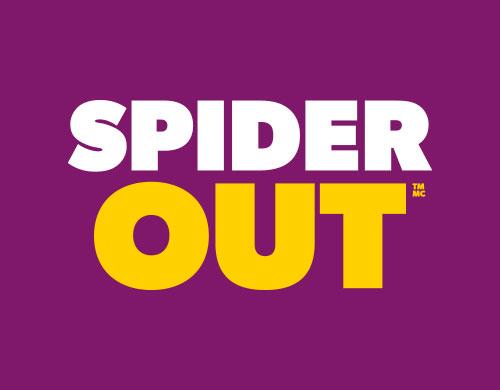Spring Cleaning is Pest Control Time
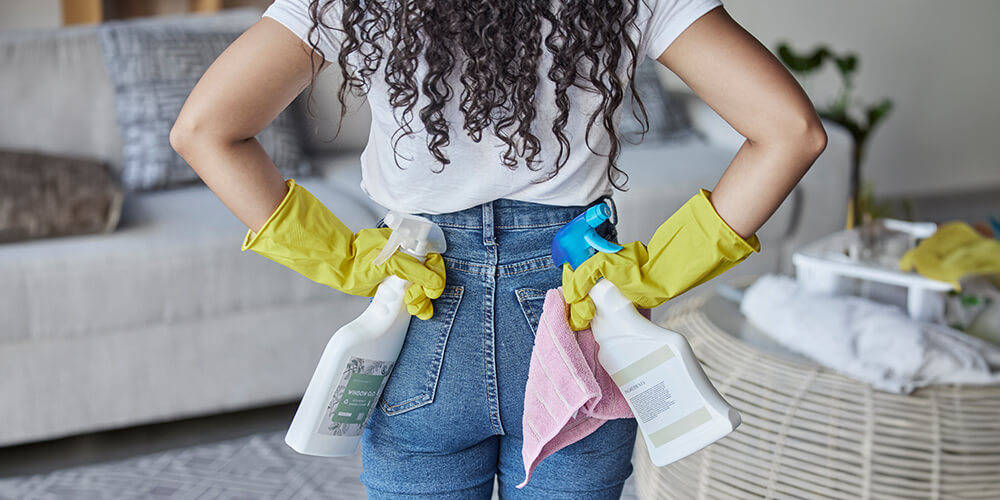
Spring is finally here! Time for welcomed warmer weather, and a time for rebirth. Let’s pack up your winter clothes and let’s get the patio furniture out. Well, sort of. It’s not quite patio weather yet, but it’s just the right time to prepare your home for summer by doing your spring cleaning.
Most people aren’t as thorough with attention to details when they do their everyday cleaning. Spring cleaning involves paying attention to the hard-to-reach and seldom-used places. Keep in mind that although your home may appear neat and tidy after a good cleaning, you may not be completing the task to its fullest.
Spring cleaning, or deep cleaning, encompasses taking everything off your cupboard/pantry shelves and bathroom vanities to get into hard-to-reach corners. It also involves moving furniture and appliances to expose what’s behind them.
Check those spots in the basement and garage that you don’t consider too often when doing your normal everyday house cleaning. You’ll be looking for debris, spilled food, cobwebs and most importantly, evidence of insects. This is when being bug-aware helps.
Why are there bugs in my home?
Insects are attracted to the warmth of a home and any food that is easily available to them. They find their way in through openings from the outdoors that were not sealed before winter.
The insects’ food doesn’t necessarily have to be food crumbs, but many find fabric, carpets, cardboard, etc. as a good food source. These bugs like to find rooms that are seldom used or dark cabinets and closets. Insects can get resourceful where they hide away for the winter and early spring.
In fact, many of these bugs have been laying low during the cold months and are likely to get more active as spring starts, increasing your odds of coming across them while you spring clean.
In the fall, you need to block their entry by:
- repairing damaged screens, placing some sort of screening on exhaust vents;
- checking exterior door sweeps and install new ones so there is no gap between the floor and door;
- examining caulking around windows and door frames and patch if necessary;
- seal cracks and holes outside the home;
- check where utilities and pipes enter the home;
- prune any branches that are touching your building.
For more information, read 5 Common Insects Trying to Move Into Your Home This Winter | Wilson Control
Vacuuming and more vacuuming
You’ll be giving your vacuum cleaner a good workout. After emptying your cupboard and pantry shelves, vacuum every inch, especially where the shelves and the wall meet. When you’ve finished vacuuming the carpets, make sure that you get behind the couches and chairs.
Run the vacuum hose under the cushions and in all the furniture crevices, along baseboards, underneath your beds, inside your closets, even along the ceiling corners. And don’t forget where appliances have been pulled out and under the kitchen sink.
Pantries
Food pantries are a haven for bugs that make their way indoors: pantries are a cool, dark place stocked with food, which is often in opened soft paper or fibreboard packages. Some common insects are rice weevils, various flour beetles, Indian meal moths, ants, etc.
Some insects may come in from outdoors in the fall or some may come with the food you bring home. Dry pet food can be a carrier of insects. If you see any evidence of pantry insects, the first thing you need to do is break the cycle.
Empty all the affected shelves. Inspect each item as you proceed and throw out immediately any soft package that is suspect. Look for minuscule bugs that are wandering in your rice, flour, even cereal boxes. If you aren’t sure, throw it out anyway. Best to lose this food than to chance continuing the cycle. Discarded items need to be placed in zip-lock bags, until trash day.
Next, you need to vacuum the shelf of any evidence of insects that you can see and any spilled food, especially along cracks and crevices. Toss the vacuum bag out and seal it in a plastic bag to prevent any live bugs from escaping.
To complete the breaking of the life cycle, you need to apply Wilson Crawl OUT Insect Killer along the cracks and crevices. Follow instructions on the label. This product provides protection for 6 weeks indoors. Once the shelves are dry, wipe down the surfaces and re-introduce the saved food items.
Storage
It is strongly recommended to place paper-packaged grain-based items in sealed containers, such as zip-lock bags. Slow-moving, long-term food items should be placed in plastic bins or glass jars, both with a sealed lid. The most common infested pantry items and possibly carriers of eggs or beetles are bird seed and pet food. Store these packages in tightly sealed metal or plastic containers. And clean them out before refilling.
To monitor the effectiveness of your clean-up strategy, place several Wilson Crawl OUT Insect Glue Traps within the “hot spot” areas, to confirm that the bugs are all gone. Most pantry pest problems can be prevented by using all soft-packaged dried foods within 2-4 months of purchase and storing them in sealed zip-lock bags or sealed plastic/glass containers.
Kitchen and bathrooms
After emptying each shelf of the kitchen cabinets (especially the least used ones that are up high) of dishes, glassware, counter appliances, etc., vacuum, scrub and sanitize. Only spray insecticide if you find any evidence of pests. Follow instructions on the label. You need to scrutinize under the kitchen sink and any cabinet sections where garbage is stored.
Pull out the fridge and stove and clean the walls and floor, sanitize and spray Wilson Crawl OUT Insect Killer before replacing them, which acts as a killer barrier.
Some insects like cockroaches, ants, termites and silverfish prefer moist conditions, so be on the lookout for any plumbing leaks or moisture under or around the sinks, dishwasher, showers and toilets, and address them.
In the bathroom, it’s good to continue spring cleaning to include emptying the vanities and other storage areas, and to vacuum, scrub and sanitize them.
Closets
Clear out the floors so you can vacuum them and all the corners, including the ceiling. Look for daddy longlegs, spiders and cobwebs to clear out. If you can, take the time to remove all of your stored items from the closet. Moths and beetles can build populations in your closets. Examine each item for bugs or for signs of bug damage.
Storage containers in closets (and elsewhere in the home) provide the perfect home for a variety of bugs. Carpet beetles, moths and silverfish may be hiding in them if the boxes aren’t completely sealed. In fact, storing in cardboard boxes is not recommended at all: better to use plastic containers with lids. Cardboard creates an ideal living quarter for silverfish and beetles.
If you see any evidence of insects or activity, be sure to apply Wilson Crawl OUT according to the label.
Basement
Unfinished parts of the basement are a perfect place for rodents, spiders and many more visitors, because there is clutter and there are a lot of dark corners for them to hide. These basement areas can often be neglected or left unentered for long periods of time. In the spirit of spring cleaning, try to eliminate some of the clutter or at least move it around. Give the entire space and items stored a thorough inspection for possible pests.
Garage
This is probably the easiest spot for insects to sneak in since the door is opened and closed quite a bit. If this is where you keep your garbage cans, you can count on the garage to be a hot spot for insects and rodents. Spray the garbage containers with Wilson Crawl OUT as needed. Set out mouse traps or bait stations. Try to store things on shelves instead of on the floor.
The good news is that spring cleaning gives you the perfect opportunity to find pest problems before they become a bigger problem. Patio time is near!

